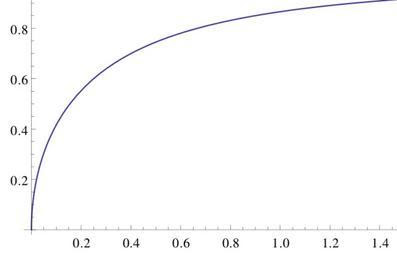Beyond Good & Evil
The ideation of identifying what is good & evil has been consistently pertinent in the history of human existence. Reflecting and thinking on this aspect certainly helps one to channelize their thoughts in the sense of prioritizing things which are important to them, not just desirable, more tangible than the ideas that comforts them. And it sometimes becomes almost obsolete to think of the way you are passing through life mostly because of the busyness yet un-effective routine and partly because its part of the societal norm. The norm is to do what everybody else is doing even though it may have undesirable consequences & may not even make any sense at all. But due to its prevalence, its accepted as the generalized way of living however asinine that may seem upon careful consideration & observation. The evanescent nature of emotional trauma, suffering or even joy although seems to be very much rife but still its overlooked when it comes to using the same knowledge pragmatically.
Historically speaking, the view has not changed much even when compared the intention and the consequences that people of different ages & experiences go through. Even though, technological & scientific advancement is certainly considered the trigger for modernization but the principles that are required for a good life still stand a common ground. They are as old as the mountains as Gandhi would say. Its necessary to accept the vulnerabilities & loopholes and then make mind maps seeking relevant and consistent information from the past that makes it arguably efficient in determining the advancement of one’s life.
Apart from the uncertainty that lingers in the contemporary world, it is however explicitly possible to have predictability ‘cause of the consequences making much of what we know certain to a high degree even though not knowing what is necessary for us to know makes us vulnerable to threats. It’s not just acting on what we know that makes it good or evil but also the knowledge of that measure of good & evil for Adam & Eve ate of the tree of good & evil. Many argue and make the tree, the subject of discourse, its not the tree which makes this event important but the knowledge gained from the disobedience which made them know and distinguish in good and evil and consequently to act on it. So the argument is that even though what we say good or evil still was in existence but it was not triggered or came into applicability until they came to know about it.
For according to Shakespeare, “There is nothing good or bad, but our thinking makes it so.” It is the knowledge of good & evil but what is already known. The analogy is simple: You cannot act on what you don’t k now. So, you can’t know whether what you act upon is good or evil or based on truth or on ignorance unless there is a frame of reference set to identify it. And the likes of Freidrick Nietzsche have had plethora or discourse on this discipline criticizing the philosophies of many philosophers in his Beyond Good and Evil which reflects this ideation in a better way as to how it may be impossible to know what is truth or even ignorance, light or darkness, love or hatred without the establishment of a measure which standardizes what we value out of any given scenario.




































